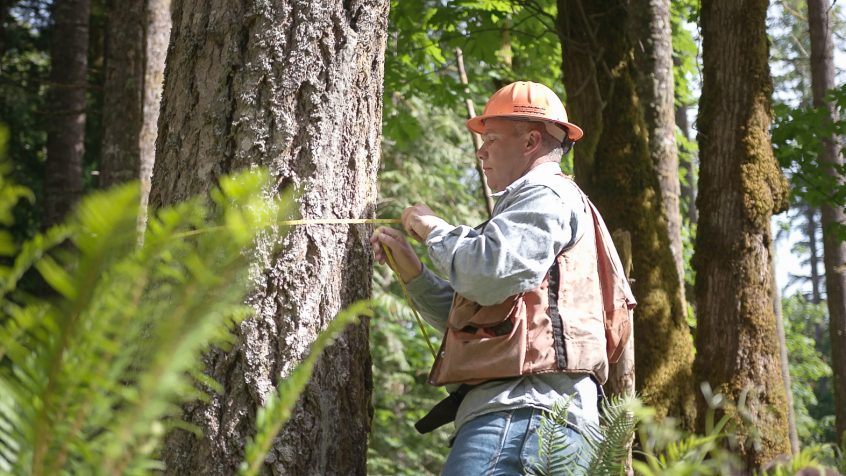Working forests play a vital role in Washington state and a website is showing just that by presenting the important contributions sustainably-produced timber offers. From environmental stewardship, economic opportunity, carbon sequestration to salmon recovery, working forests provide a whole host of benefits for our state and local communities.
With a focus on expertly managed forests that provide a continuous supply of renewable, sustainable wood products, forest landowners and managers apply best practices while adhering to the state’s comprehensive forestry laws. There’s little resemblance to the modern working forests of today and how forests were managed a half-century ago. Current forestry and forest practices are guided by science and improved by new technologies and innovations.
Whether it is improving water and air quality, fostering sustainable practices, contributing to the state economy, reducing carbon emissions or aiding in salmon recovery efforts, actively managing forested lands are providing viable solutions to many of the issues in Washington state.
Consider this: Well-managed forests and continual replanting are a naturally occurring way to reduce carbon emissions. Scientific research has demonstrated that forests – in particular forests with plenty of young trees– absorb higher levels of CO2 gas from the air than older trees, making working forests act as a carbon sink.
Working forests also balance timber production with protecting other important resources like water quality, wildlife habitat and biodiversity to remain sustainable. Private timber companies and landowners have worked to protect 60,000 miles of streams running through 9.3 million acres of state and private forested land. To date, private forestland owners have removed more than 7,900 fish passage barriers and have spent more than $314 million to open more than 5,200 miles of fish habitat.
Washington’s economy also benefits from a robust timber and wood products industry. The forest industry is the state’s third-largest employer with nearly 101,000 jobs across the state and in all 39 counties. Working forests create family-wage jobs in rural, suburban and urban communities with careers in forest management, tree harvesting, cartography, engineering, wood products manufacturing and other professions.
Learn more about working forests at WorkingForests.org. The website also offers tips on how all people can reduce their carbon footprint and support clean water.
Working Forest Facts:
- Forests store 35% of our state’s carbon emissions, and working forests are a part of that
- Working forests protect fish habitat in 60,000 miles of streams, ensuring clean, clear water for healthy salmon runs
- Working forests plant three trees for every tree harvested, totaling to 52 million trees a year
- Working forests support nearly 101,000 jobs across the state in rural, suburban and urban areas and in every county.
